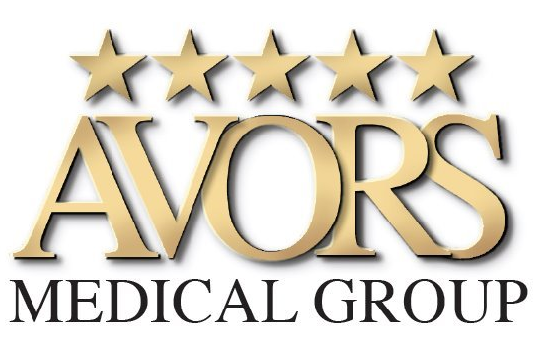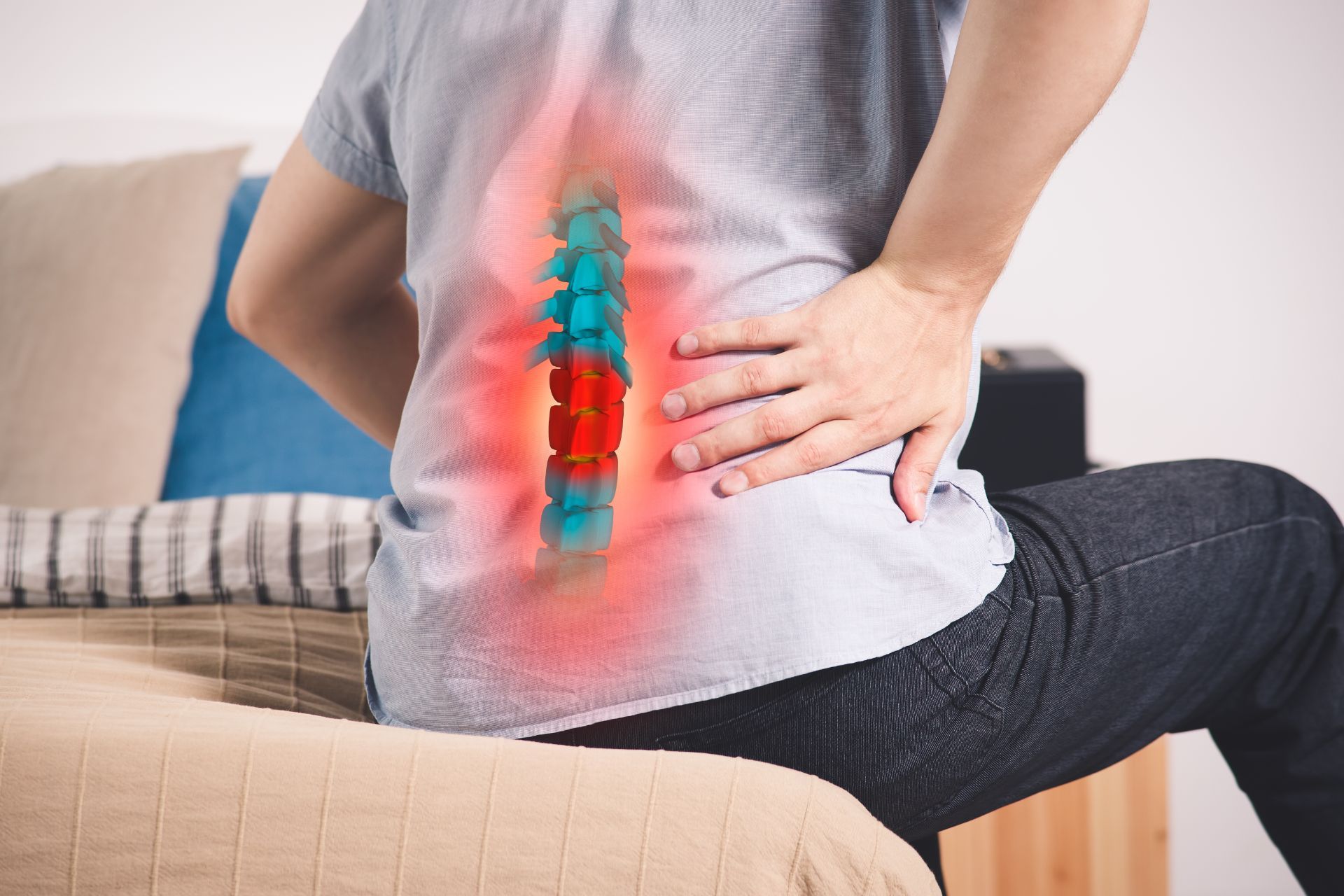Infection
Your body needs time to heal, so be patient. Do not rush the recovery process. It is important to follow Dr. Nasser’s instructions carefully and make sure you are not pushing yourself too fast or too soon. Infection may occur in the wound or deep around the pump. Minor superficial wound infections are generally treated with wound cleansing and antibiotics. Major or deep infections may require more surgery and removal of the implant. Any infection in your body can spread to your implant.
Preventing Infection
Keeping your wound clean with antibacterial soap and water is crucial in preventing infection. A common cause of infection following surgery is from bacteria that enter the bloodstream during dental procedures, urinary tract infections, or skin infections. Dr. Sherfey will discuss with you whether taking preventive antibiotics before dental procedures is needed in your situation.
Warning signs of infection
Notify Dr. Nasser immediately if you develop any of the following:
- Drainage from the wound
- Persistent fever (higher than 101°F orally)
- Shaking chills
- Increasing redness, tenderness, or swelling of the wound
- During the procedure you will receive antibiotics to prevent injection.
Pain
A small number of patients continue to have pain after surgery. However, this complication is rare, however, and the vast majority of patients experience excellent pain relief following surgery.
Neurovascular Injury
While rare, injury to the nerves or blood vessels can occur during surgery. There is a risk paralysis, death and bleeding.
The nature, purpose and risks of the operation and the complications which may arise during or result from the operation have been explained to me, including the possibility of having pain, limited motion, weakness or paralysis, blood clots, headaches, nerve injury, scar, non-union, mal-union, risk of anesthesia, need for additional surgery, painful hardware, reflex sympathetic dystrophy, bleeding, need for transfusion, pulmonary embolus, infection, acute or chronic reaction to implant, drug reaction, cardiac arrest, organ injury, amputation, para or quadriplegic, stroke, and even death; and such understand that my condition may actually become worse as a result of the operation because of any one or more of the conditions above mentioned. I have been advised that because of the risks and the uncertain outcome, Dr. Nasser will undertake the operation only at my specific request and direction and with the understanding that the operation does entail risks.


